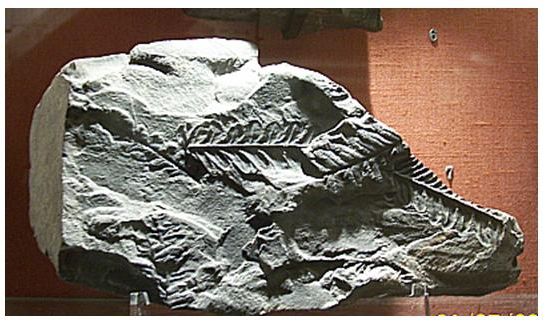Return to map
Return to picture
Read postcard
Palaeogeography of Bath area
Plants of the Coal Measures
Fossils from the North Somerset Coal Field
The Proto Avon ?
Drawings of fossils from the North Somerset coal field
Drawings of fossils displayed with the kind permission of Radstock Museum
www.radstockmuseum.co.uk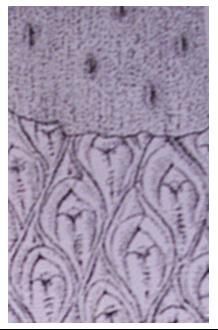
Lepidodendron
The giant club mosses (Lycophytes) were the tallest plants in the primeval forests, attaining 20 - 30 meters in height. They had a broad pith core surround by a thin ring of wood -unlike modern trees- and an outer bark which retained the leaf scars. The foliage was like long grass.
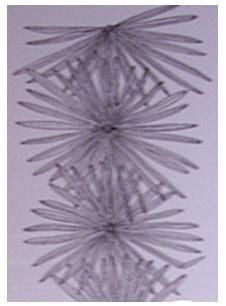
Calamites
Giant Horsetails (Equisetales) were the commonest plants of the swamp margins. The leaf whorls, usually found separately are called Annularia (large forms) and Asterophyllites (small forms)
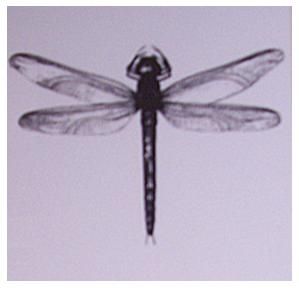
Meganeura (Boltonites radstockensis)
Radstock's major contribution to
geological science - the giant dragonfly - gives a rare insight into the once prolific insect
life of the swamps. Wing fragments found at Writhlington indicate a wingspan of 500mm, making this the largest insect ever to fly.
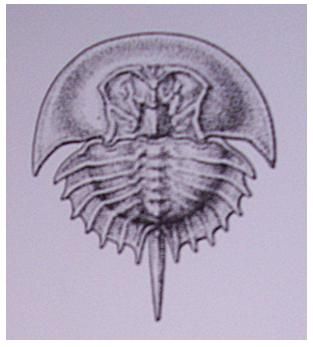
Eupoops kilmersdonensis (horseshoe crab)
A unique crustacean, first found in shales on the batch of Kilmersdon colliery in 1965. While clearly showing affinity to the modern king crab (Limulus) it also acknowledges its immediate predecessor the Trilobite.
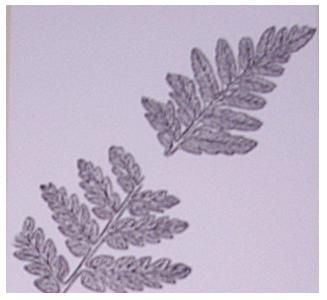
Mariopteris
A representative of the large and varied family of seed ferns (Pteridophytes) so called because certain pinnules (leafy fronds) became adapted to bear seed pods, thus proving them to be the ancestors of modern seed bearing plants.
